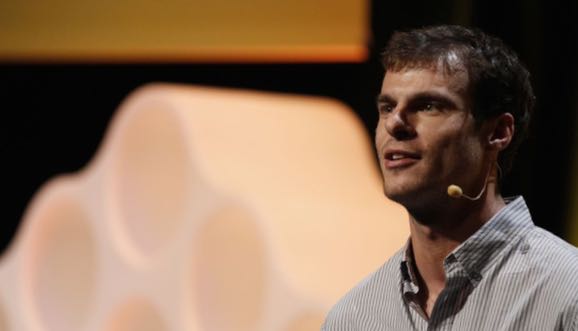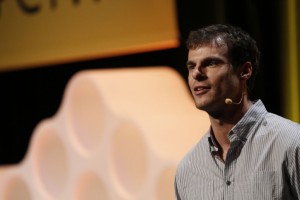
Citizen Science Gets Extreme with CIW Speaker Gregg Treinish
There’s citizen science—backyard experiments and bird watching and soil sampling, to name a few. Then there’s what CIW speaker Gregg Treinish does, what might be termed extreme citizen science: supporting sustainability efforts by backpacking the full length of the Andes (that’s 7,800 miles for those of you counting at home), setting up audio and visual recordings in the far reaches of the Okavango Delta and participating in a large-scale conservation project in northeastern Montana. It’s all a part of a broader effort by Adventurers and Scientists for Conservation (ASC) to connect scientists to data that had previously been considered out of reach.

A 2008 National Geographic Adventurer of the Year, CIW Speaker Gregg Treinish has turned exploring into a science.
“We’re expanding on what’s been possible. Where [scientists] might have had one to two cameras up looking at wildlife, we’re going to put up 30,” Treinish, who is the organization’s founder and executive director, explained.
Take that conservation project in Montana. Called the American Prairie Reserve, the endeavor represents “an incredible vision,” Treinish says, one that aims to create 3.5 million acres of protected area—the largest in the continental U.S. What Treinish and ASC do is connect volunteer explorers to the project. The data they collect is then mined for insights into how to most “quickly grow wildlife numbers in the area.”
Treinish’s roots lie in exploration and extreme athletics over science. But when Treinish began to find those explorations empty—“I was just frustrated out of my mind for just how selfish I felt for being out there”—he turned to science as a way to imbue his adventures with purpose. Today, over 1,000 like-minded volunteers, ranging in age from 4 to 85, have participated in ASC projects from Alaska to Utah’s Uinta Mountains to Botswana—and Treinish is one of them.
This July, Treinish returns to the Okavango Delta, located in inland Bostwana, on behalf of ASC. There, he and his team will continue to establish ASC volunteers as the “most efficient retainer of hard-to-reach data in the world.” Last go-around Treinish and co. established three research platforms in support of the newest UNESCO World Heritage Site. This year, they aim to strengthen that number by upwards of 20 locations.
“It’ll be a pretty intense experience,” Treinish admitted. “Last year, we had hippos charging us at 15 feet. I had crocodiles swimming under my mokoro, which is a dug out canoe. We had lions walking between our tents. We had elephants rubbing on our tents. All in the name of protecting this place from development that’s happening upstream.”




